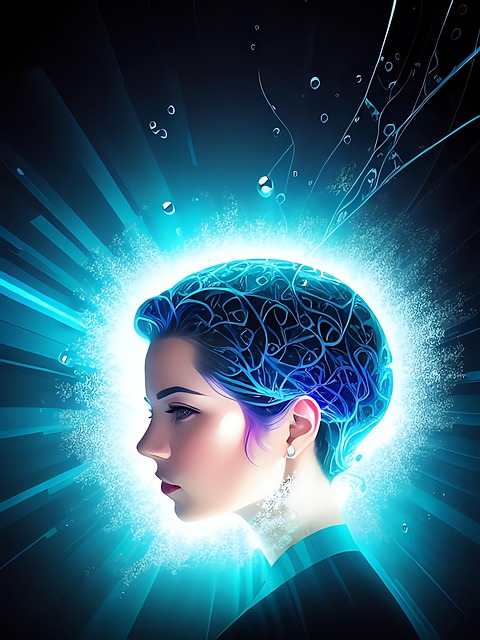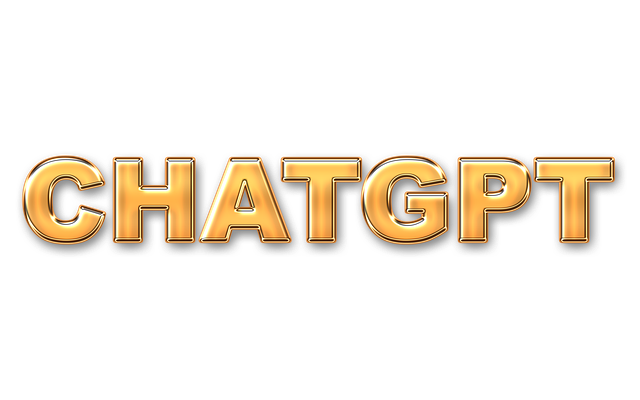Despite ChatGPT's impressive text generation, it struggles with data bias, context maintenance, real-time information access, and originality. Users should approach ChatGPT as an assisting tool for content generation, fact-checking, and brainstorming, recognizing its limitations in maintaining accuracy and specialized knowledge. Enhancing training data and algorithms using open-source tools is crucial to address these challenges.
ChatGPT has captivated the world with its seemingly boundless capabilities, but it’s crucial to understand its limitations. This article explores key constraints of ChatGPT, including data bias and training factors that shape its outputs, limited contextual understanding, inability to access real-time information, and creative constraints with potential plagiarism concerns. By delving into these areas, we gain a more nuanced perspective on what ChatGPT can—and cannot—do.
- Data Bias and Training Factors
- Limited Contextual Understanding
- Inability to Access Real-Time Information
- Creative Constraints and Plagiarism Concerns
Data Bias and Training Factors

ChatGPT’s capabilities are impressive, but it’s crucial to acknowledge its limitations, particularly when it comes to data bias and training factors. The model is trained on vast amounts of text data from the internet, which can introduce biases present in human language use. This means ChatGPT may perpetuate stereotypes, reflect cultural nuances unequally, or even produce outputs that are factually incorrect. For instance, its responses might favor certain learning styles or perspectives over others, potentially influencing users’ understanding in-person vs online learning environments differently.
To mitigate these issues, developers must continually refine training data and algorithms. Utilizing open-source tools for education can help diversify and improve datasets, ensuring ChatGPT’s outputs are more balanced and accurate. Moreover, transparency about the model’s limitations is essential. Users should be aware that while ChatGPT excels at generating text, it doesn’t possess genuine understanding or consciousness; it merely predicts words based on patterns in its training data. If you require precise information or have specific educational needs, give us a call at literary analysis guides for expert assistance.
Limited Contextual Understanding

Despite its impressive capabilities, ChatGPT has limitations when it comes to contextual understanding. The model often struggles with maintaining consistency and coherence in longer conversations or complex topics that require deep, nuanced knowledge. While ChatGPT can generate human-like responses based on the input provided, its ability to truly comprehend context is limited. For instance, if a user asks about science experiment ideas and then shifts the conversation to e-learning platform reviews, the AI might not accurately follow the thread or provide relevant answers. This is because ChatGPT operates based on patterns it has learned from vast amounts of text data, but lacks genuine comprehension or memory of previous interactions.
One way to enhance contextual understanding in these scenarios is through interactive and iterative question-answering sessions. Users can guide the AI by providing additional context or clarifying questions, which helps refine the responses. Moreover, as ChatGPT continues to evolve and learn from user interactions, it may improve its ability to navigate conversations with seamless transitions between diverse topics, such as philosophy ethics discussions. To gain a deeper understanding of these limitations and potential solutions, visit us at statistical inference basics anytime.
Inability to Access Real-Time Information

One significant limitation of ChatGPT is its inability to access real-time information. Unlike humans who can quickly look up current data, events, or statistics using search engines, ChatGPT operates on a dataset that was trained upon and therefore lacks knowledge of recent developments. This means it may provide outdated or inaccurate answers related to news, technology, science, or any rapidly changing fields. For instance, if you were to ask about the latest medical breakthrough, ChatGPT might refer to information from several years ago, as it doesn’t have real-time access to new research papers or clinical trials. This restriction can be a significant drawback when users seek up-to-date and accurate insights, especially in fields where knowledge evolves rapidly.
While ChatGPT excels at generating text based on its training data, it cannot replicate the process of continuous learning that humans engage in daily. To maintain accuracy, users must verify any critical information obtained from ChatGPT with reliable sources, which can be a time-consuming process. Even when discussing topics like research or academic writing, where ChatGPT might seem well-equipped, it’s essential to remember its limitations. For instance, while it can generate outlines or structures for a lab report formatting or help brainstorm ideas using concept mapping techniques, the onus is still on the user to ensure the accuracy and relevance of the information presented in a research paper structure. To overcome these challenges, users should treat ChatGPT as a tool that assists in generating content, but not as a replacement for meticulous fact-checking and critical thinking.
Creative Constraints and Plagiarism Concerns

While ChatGPT is an impressive tool for creative writing and brainstorming ideas, it’s not without its constraints when it comes to originality and accuracy. The model generates text based on patterns learned from vast datasets, which means it can sometimes produce content that resembles existing works or even plagiarize sources. This poses significant challenges in fields like academic writing, where plagiarism is a serious ethical concern. Online research ethics dictate that proper attribution and original thinking are paramount, making the unfiltered output of AI tools like ChatGPT unsuitable for submitting as one’s own work, especially in formal settings.
Moreover, when it comes to complex topics requiring specialized knowledge or mathematical problem-solving approaches, ChatGPT may struggle to provide precise information. While it can offer insights and creative angles, ensuring the accuracy of factual content remains a challenge. For instance, using ChatGPT as a primary source for lab report formatting or intricate data analysis tools introduction could lead to errors and misunderstandings. Users should approach ChatGPT as a collaborative tool, leveraging its capabilities to enhance their own research and understanding rather than relying solely on it for definitive answers.
Despite its impressive capabilities, ChatGPT, like any AI model, has notable limitations. Bias in training data can lead to inaccurate or biased responses, while its limited contextual understanding prevents it from grasping complex nuances. The inability to access real-time information restricts its relevance, and creative tasks often prove challenging, with plagiarism concerns lingering. Recognizing these constraints is crucial for setting realistic expectations and utilizing ChatGPT responsibly in today’s digital landscape.








Leave a Reply